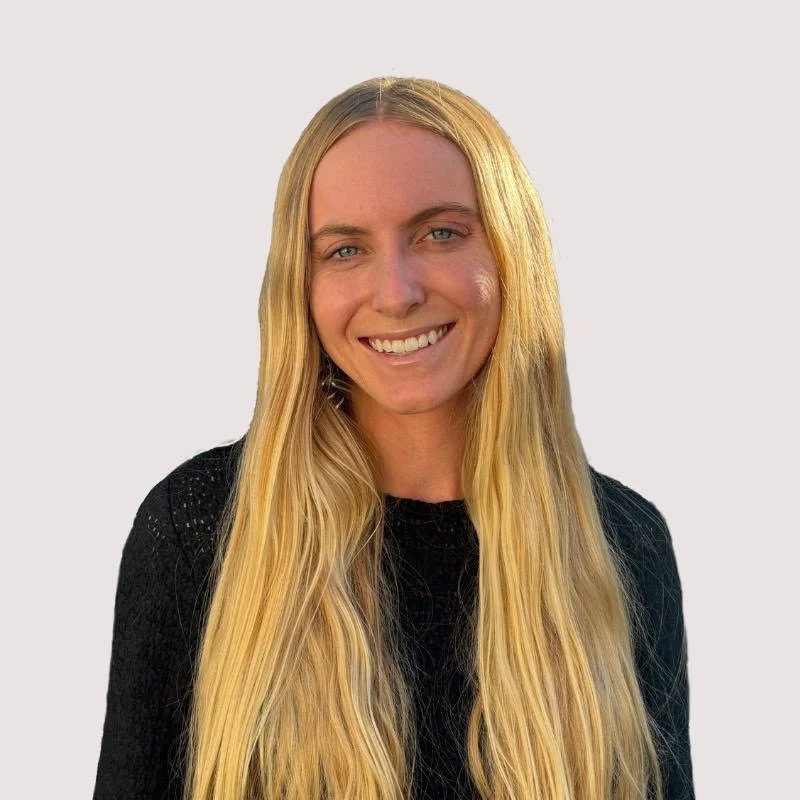Joe Cocke: Changing PV Landscape Lecture on Oct. 11, 2024 Recap By Writer and Contributor Emily McGinn
Local geologist Joe Cocke gave a lecture on Oct. 11 at Hesse Park about the changing Palos Verdes landscape and his local fossil discoveries around the Peninsula.
Cocke grew up in Palos Verdes and has always had an interest in fossils. He started collecting local fossils as early as high school and eventually worked at the Natural History Museum in Los Angeles County for 33 years. He specializes in paleontology and geology and has written four books, including “Fossils of the Palos Verdes Hills,” a book exploring the geology and fossil record on Peninsula.
Now, Cocke has become involved in studying the landslides ravaging the Portuguese Bend area.
Cocke has found a number of fossils in the area, ranging from shells to fish to animal skulls. One of his most notable discoveries was a bison pelvis he found about a decade ago sticking out of a cliff. They dated the extinct species back to 13,500 years ago — one of the oldest dates in California, according to Cocke.
The bison pelvis told a story. Cocke discovered cut marks across it, indicating that an ancient human butchered it.
“Here in Palos Verdes you just never know what you're gonna find,” Cocke says. “I still go out every week for fossils. You may find nothing, or you might find a perfect fish, or some whale bones, right? There’s neat stuff around. You don't realize how much stuff there is.”
Cocke has spent many years studying the geologic features that make up the Hill. This knowledge has now become more relevant than ever, as it ties directly into what is happening now in Palos Verdes with the active landslides in the area.
“Most of the time now, they just talk about what's happening now in the city, and all that stuff everyone knows about that's in the paper,” Cocke says. “But no one knows where it started. And this whole thing actually started millions of years ago. The right combination of things [happened] for it to be a perfect storm.”
The oldest geologic feature in Palos Verdes is Catalina schist, which developed as ocean floor about 16 million years ago.
On top of that, Palos Verdes contains two main geologic ages: Altamira shale, which is about 14 to 16 million years old, and Pleistocene. Both ages contain fossils. The Altamira shale tends to contain fossils of fish and whales. On top of it, Cocke often finds fossilized shells.
Palos Verdes formed as an island of sorts, with layers developing over time. This formed the marine terraces that one can see when looking at the sea cliffs of Palos Verdes — the marine terraces form “stair steps” in the landscape.
On top of these layers, the Pleistocene era fossils come in. Animals like the ones found in the La Brea tar pits — such as the bison that Cocke found — came to Palos Verdes and lived and died there.
“You probably had a mammoth in your backyard at one time,” Cocke says.
This history holds the answers to why the land is now sliding. When the geologic layers were forming in the ocean — starting with Catalina schist — quite a bit of volcanic activity was taking place in the area. This led to the formation of bentonite, a clay that forms from the decomposition of volcanic ash. About a million years ago, shale began pushing up and building out of the ocean. Since bentonite is a clay, when it gets wet and has shale on top of it, it begins to slide.
The landslides have been going on for thousands of years, but the slow movement has accelerated in the past several decades. “In the ’40s they started building houses here, and it was probably moving at maybe a couple inches a year, and people could live with that,” Cocke says. “But then they start putting in septic tanks. They cut roads, built houses [and] swimming pools, and this all got it going again. And so it all started moving. They cut Crenshaw through, or tried to, and moved all that dirt. So from about the late ’50s, it just has been going crazy. It's just been moving, and it won't stop.”
You can see fossil displays put together by Cocke at the Point Vicente Interpretive Center.
Bio:
Emily McGinn is a journalist based in the Los Angeles area. She enjoys reporting on and writing about a variety of topics from lifestyle to news, especially in her areas of specialty, environmental science and political science.



























